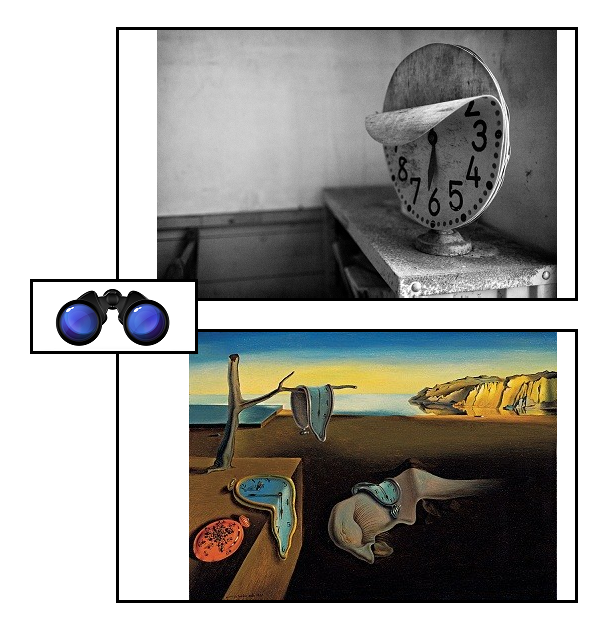




To continue the review of the Boyd and Beyond 2013 Conference, Day II. ForDay I go here.
0800-0900 Major Jeremy Renken “A Theory of Strategy”


“War is a communicative act”
The theoretical heavy lifting of the conference was done by Major Renken, who filled an enormous whiteboard with diagrams and notes, an address about the nature of strategy that needs to become a journal article. Declaring that “theory must be more than categories” and “explain and predict”, Renken methodically laid out a paradigm he described as a “prism of efficacy” for constructing strategy and engaged in a lively Q&A for more than an hour. One of the best presentations at Boyd & Beyond 2013 and I hope that Renken goes on to fully develop and publish his thesis or work it into a book. There needs to be more questioning of old assumptions
0915-1000 LTC Bob Weiman ” Strategic Legalism: Indicator of Bad Strategy According to Boyd

” If I had a dollar for every time in this room when we talked of ‘commander’s intent’ I could have retired on the Commandant’s pay”
Another controversial brief. Bob Weiman, one of the original “Dirty Dozen” , blasted the politicization of the military justice system under the Bush and Obama administration and the effects of illegal command influence to try to secure the “right” verdicts to satisfy domestic civilian political needs – a doctrine he called “Strategic Legalism”. This is a kind of lawfare waged by national leadership against their own troops, defined as “…the use of laws or legal arguments to further larger policy objectives regardless of the facts or laws”. Numerous case studies, but especially the Haditha trials were examined.
1015-1115 Carlos Balarezo & Robert Paterson ” Get inside your own OODA Loop: A Practical Tool”


“With the world wide web,what happened 100,000 years ago in a tribe of 35 ppl is now happening globally.”
Balarezo and Paterson discussed the meta-history of human society in terms of revolutions in energy systems and their corresponding evolution in institutions and the death or downward spiral that comes when a tipping point is reached of approximately 15% their prime flows ( revenue, talent etc.) are removed. The Social network can be leveraged to empower individuals under the thumb of old, machine age, bureaucratic institutions and Balazero and Paterson are developing such a network for health, diet and preventive medicine.
1145 -1245 Dave Diehl “Boyd and the Cyber Domain”

” The tools behind the tools move mountains…..what deep strategic errors have we made?”
Diehl, the self-described “tool-using primate’ at his software enterprise ( a post above chief software architect) gave a strategic overview of the inherent tensions in designing cyber security between providing a high assurance system ( incredibly hard, very expensive, constraining) and a low assurance system that permits user creativity and evolving capabilities ( easier, flexible, cheaper but far less secure). Diehl also explained that this mismatch had to be addressed with active defense over three time frames, human, cyber and digital with a correct ( but counter-intuitive to industry) alignment of design capabilities with problems.
1300-1400 Dr. Jim Roche “Boyd, Neuroscience and the Decision Cycle”

” Implicit guidance and control…..is about trust”
Roche put the history and structure of Boyd’s OODA Loop in the context of recent findings of neuroscience and brain research, the automaticity of some decision making, chunking of information and other aspects of neural processing.
1415-1515 Pete Turner and Dr. Rich Ledet ” Mass Communications in Support of Political Development”


“You have to win politically, culturally and socially….we did not test our message with the locals”
Offering a serious dose of “ground truth” at the village, district and provincial level in Afghanistan, Turner and Ledet made a sharp critique of US programs in Afghanistan that was congruent with LTC Dziengeleski’s perspective from Kabul. The interaction between ISAF commanders and local political authorities, provincial notables and elders have been marked by conflicting messages, poorly designed incentives, social distance and insular orientation to satisfying faraway military bureaucracy. Turner and Ledet call for genuine and independent empiricism in evaluating and modifying assistance programs based on F2F, often qualitative, assessment.
The conference then, after a wrap-up by Colonel Stan Coerr, adjourned for a tradition known as “Boyd& Beer” graciously hosted by J. Scott Shipman and his lovely wife Kristen, where the convo continued long into the night over delicious food and drink.
One of the best Boyd conferences ever.


















